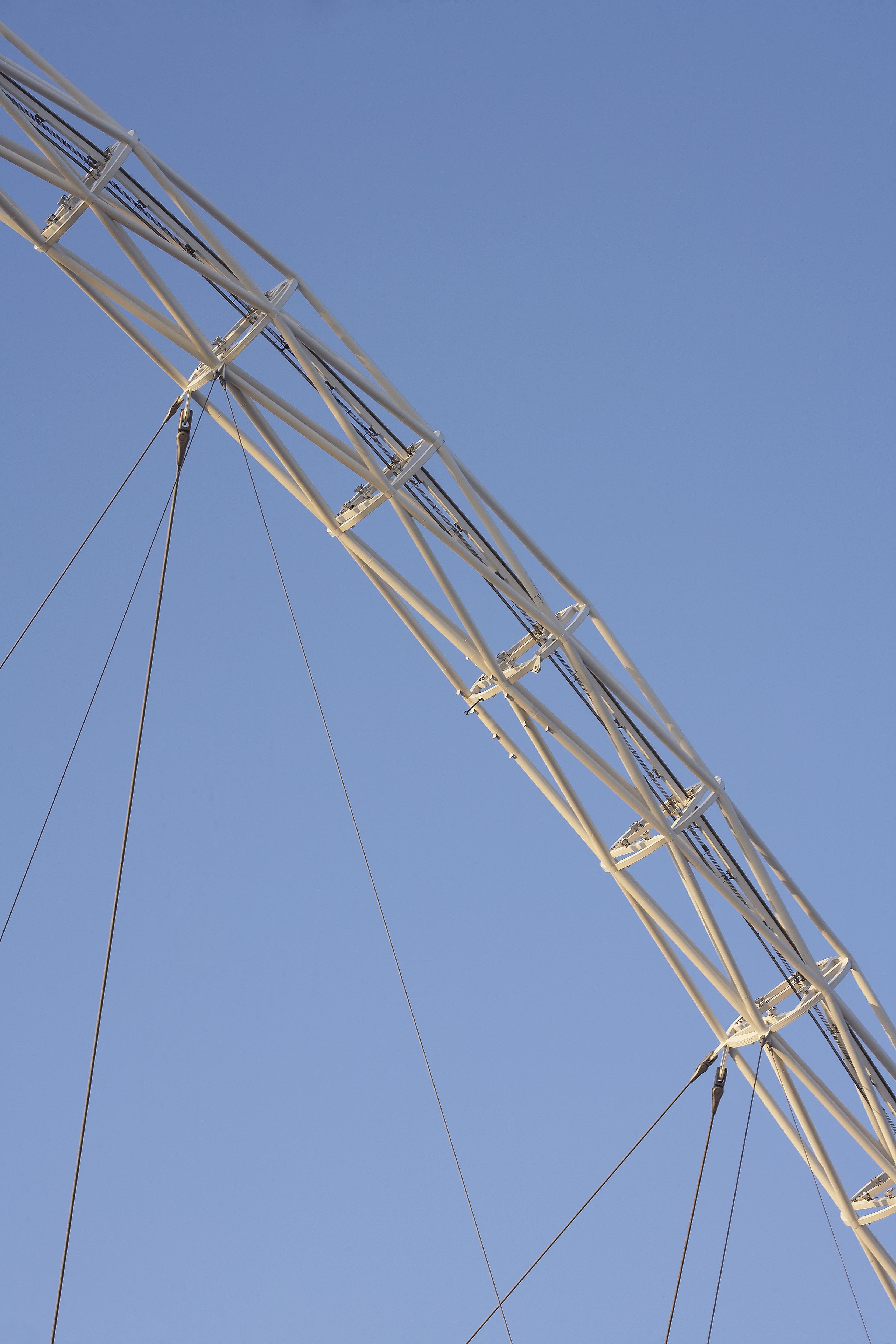Wembley Stadium
Brent

Project Details
£50M or more
CHALLENGE. The old Wembley Stadium was one of the most famous sporting and entertainment venues in Britain, known the world over for events such as the 1923 FA Cup Final, the 1948 Olympic and Paralympic Games and Live Aid in the summer of ’85. When the FA asked World Stadium Team (Populous and Foster + Partners) to design a replacement for their venerated stadium, the challenge was of course to provide the state of the art facilities needed for the next generation of players, performers and spectators, whilst retaining – or in fact creating – that sense of magic that made Wembley such a special place. INNOVATION. As well as being an icon, the wonder of modern architecture that is the arch supports the 7,000 tonne steel roof structure, eliminating the need for pillars. The seating is designed as a single bowl, which gives every spectator an unobstructed view of the stage or pitch, as well as increasing the intensity of the atmosphere. Retractable panels in the roof allow light and air onto the pitch, maintaining the quality of that hallowed turf. IMPACT. So amazing was Wembley’s hosting of the 2011 UEFA Champions League Final, it will return there in 2013. On the entertainment front, Take That’s record-breaking tour saw over 650,000 tickets sold over 8 sell-out nights. With its 133m arch piercing the London skyline, Wembley has reinforced its position as the world’s best known and loved football stadium, living up to Pele’s famous quote that “Wembley is the cathedral of football. It is the capital of football and it is the heart of football.”


